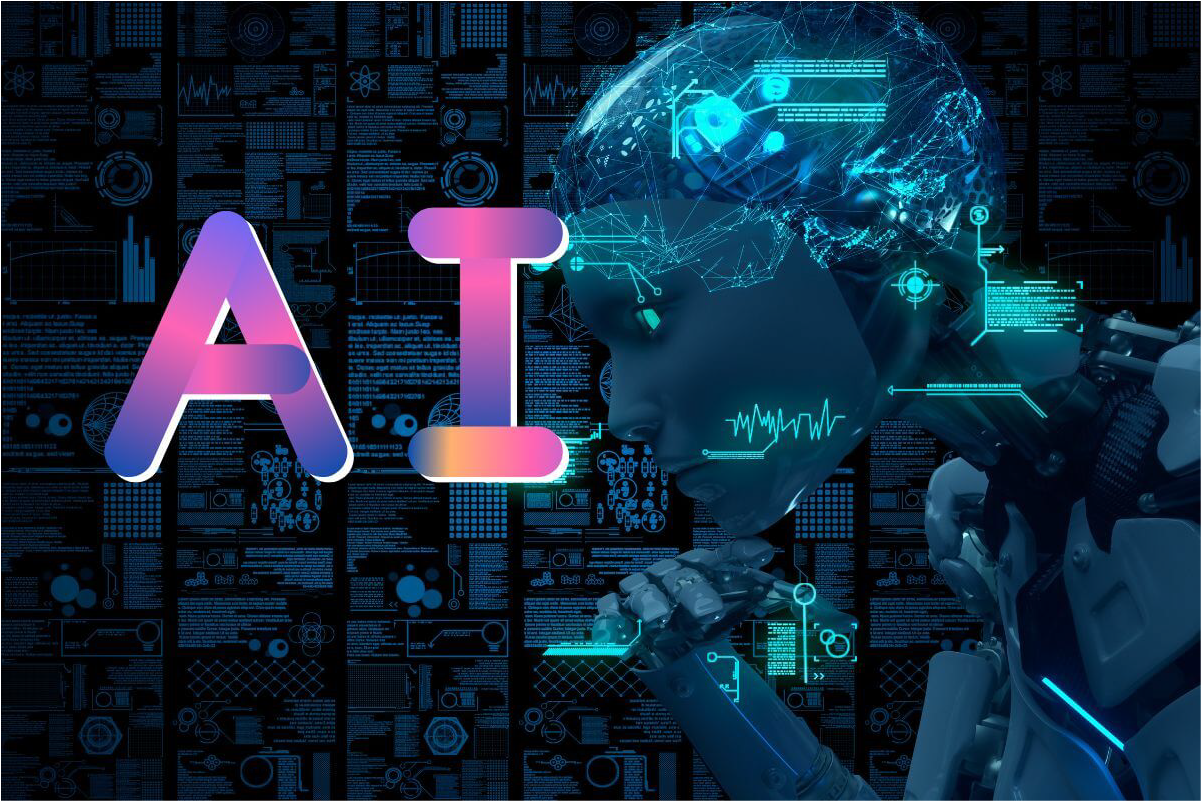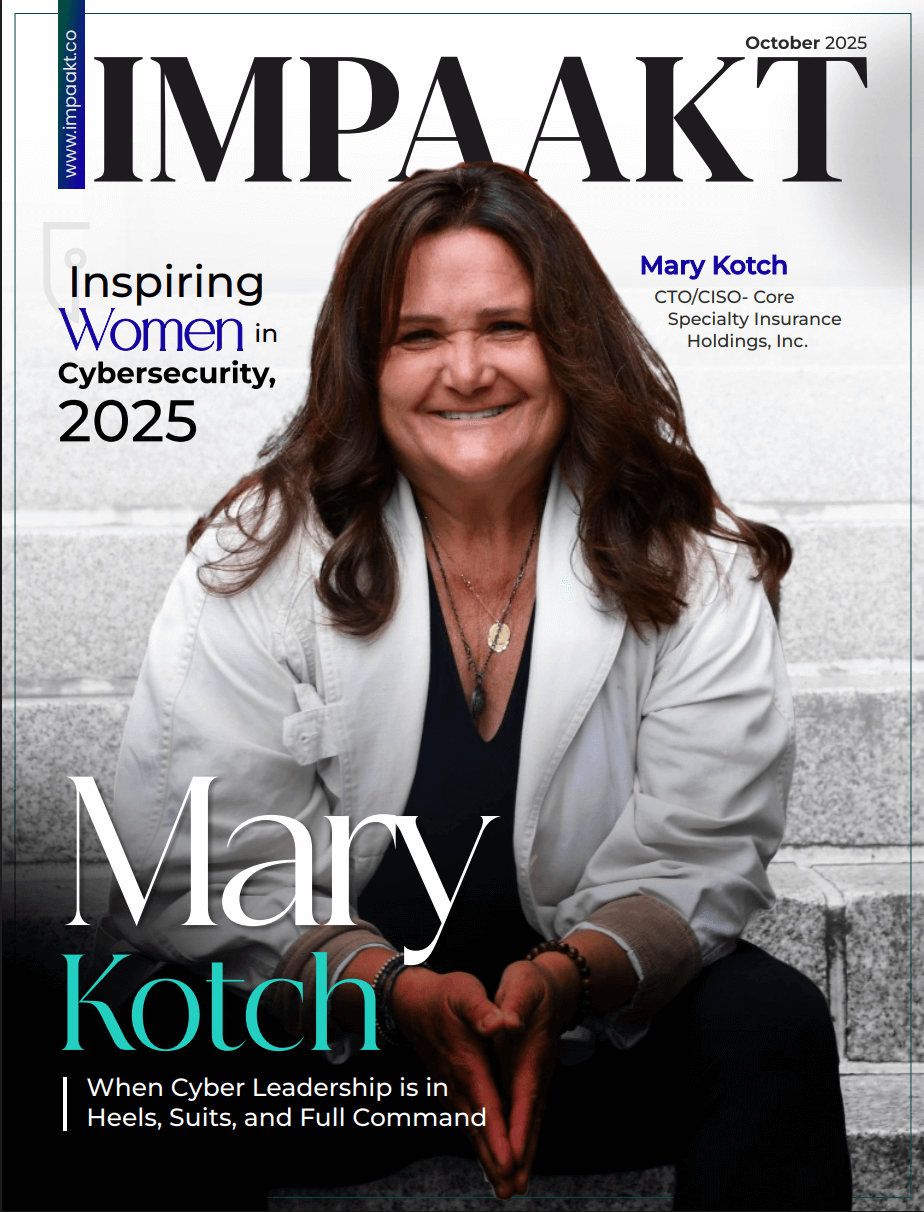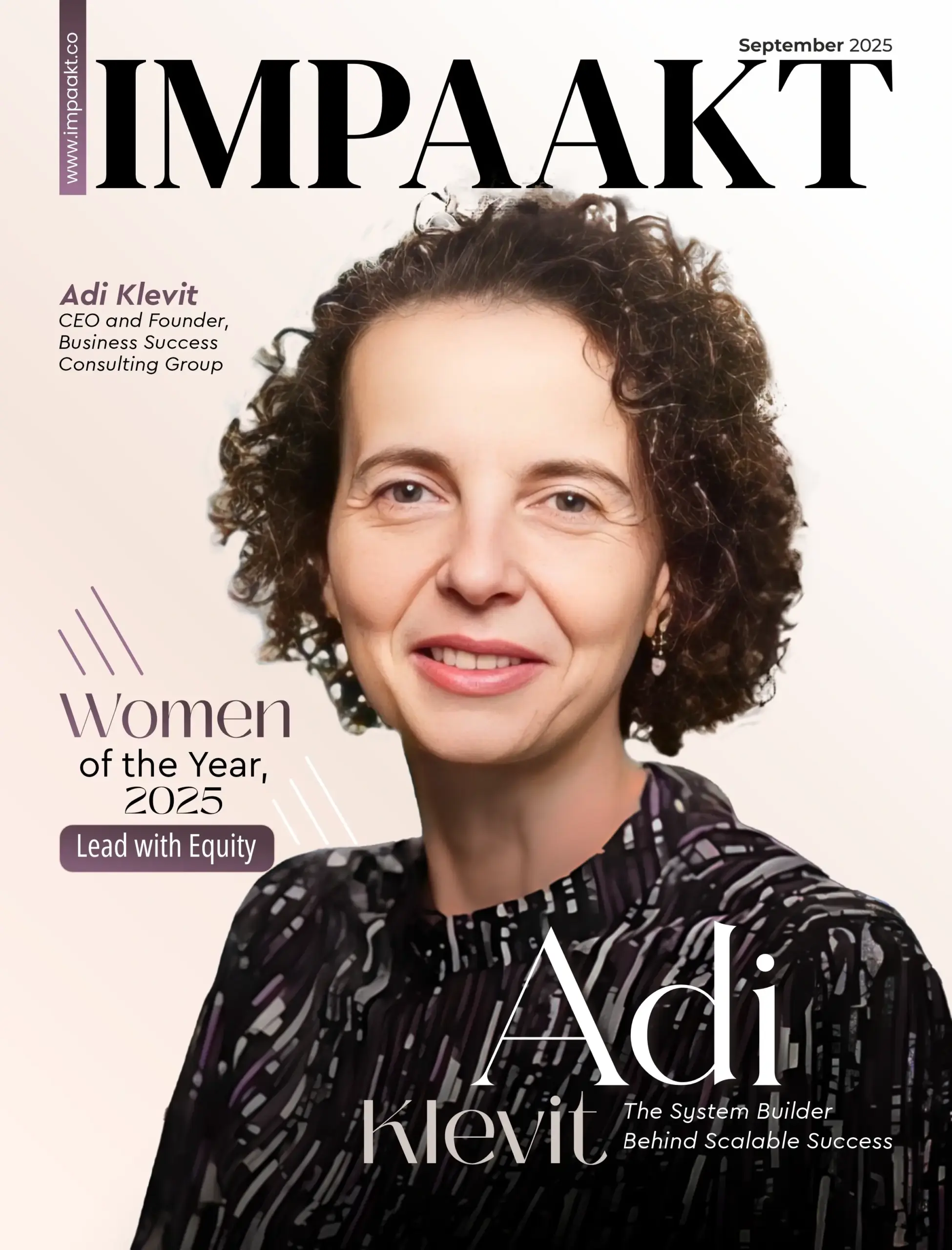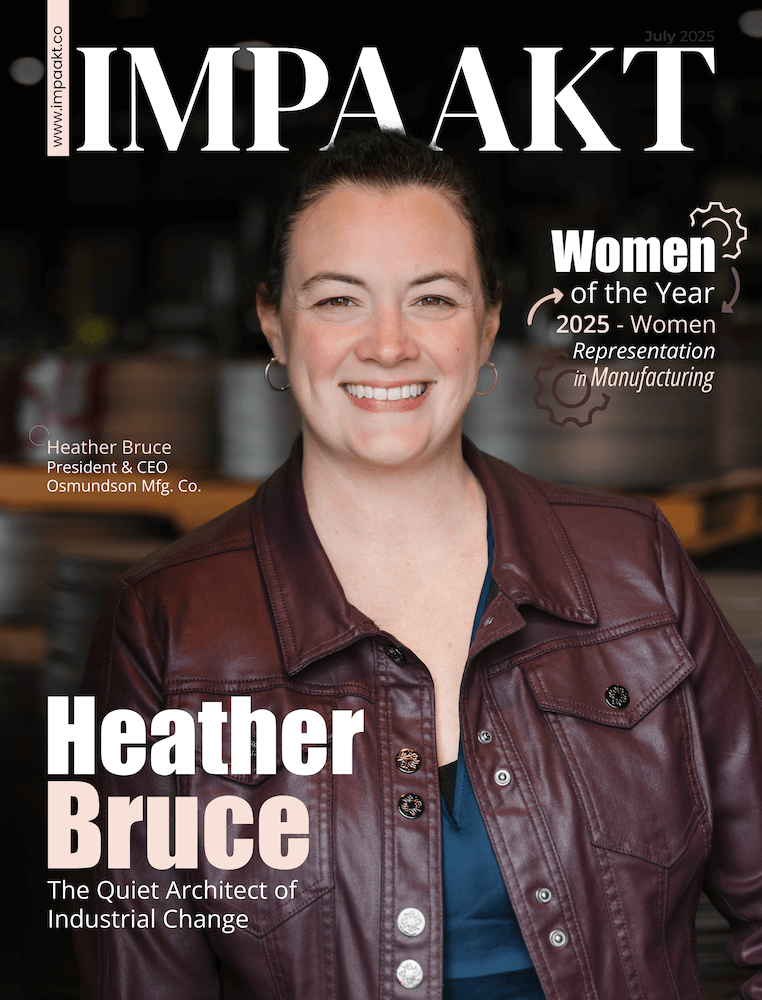Toyota Research Institute (TRI) has introduced an innovative method that enhances the capabilities of designers by integrating engineering constraints into generative AI models. In the past, designers have relied on publicly available text-to-image generative AI tools to kickstart their creative process. However, TRI’s new technique allows designers to input initial design sketches and engineering limitations, streamlining the process of aligning design aesthetics with engineering requirements.
The TRI team, led by Avinash Balachandran, director of TRI’s Human Interactive Driving (HID) Division, recognizes that while generative AI tools serve as inspiration for designers, they are unable to account for the intricate engineering and safety considerations involved in car design. By fusing Toyota’s long-standing engineering expertise with cutting-edge generative AI capabilities, the technique bridges this gap.
The research papers published by TRI researchers delve into the methodology behind incorporating precise engineering constraints into the design process. Factors like drag, which impacts fuel efficiency, as well as chassis dimensions such as ride height and cabin dimensions, affecting handling, ergonomics, and safety, can now be implicitly integrated into the generative AI process. The team combined principles from optimization theory, commonly used in computer-aided engineering, with text-to-image-based generative AI. As a result, the algorithm enables designers to optimize engineering constraints while preserving their text-based stylistic prompts.
To illustrate, a designer can provide a text prompt specifying desired stylistic attributes such as “sleek,” “SUV-like,” and “modern” in addition to optimizing a quantitative performance metric. The team’s research paper focused on aerodynamic drag as an example. However, the approach can be extended to optimize other performance metrics or constraints inferred from a design image.
Charlene Wu, senior director of TRI’s Human-Centered AI (HCAI) Division, emphasizes that TRI leverages the creative potential of AI to amplify the skills of automobile designers and engineers. Collaboration between the Human Interactive Driving team and the HCAI Division has played a crucial role in this project.
By integrating engineering constraints directly into the design process, this tool also holds the potential to expedite and enhance the development of Toyota’s electrified vehicles. Takero Kato, BEV factory president at Toyota Motor Corporation, notes the significance of reducing drag for improving the aerodynamics of battery electric vehicles (BEVs) and maximizing their range.











